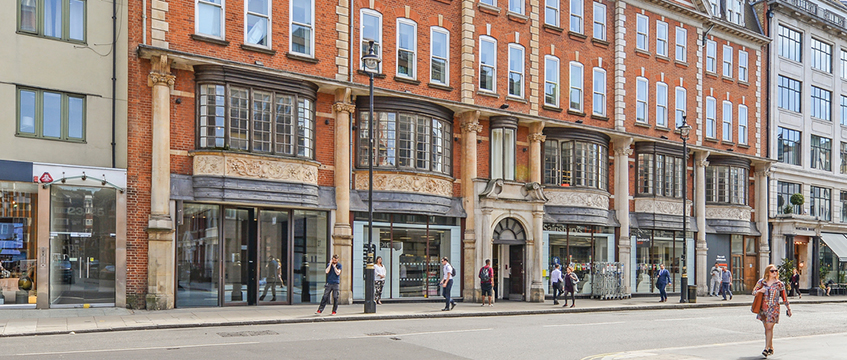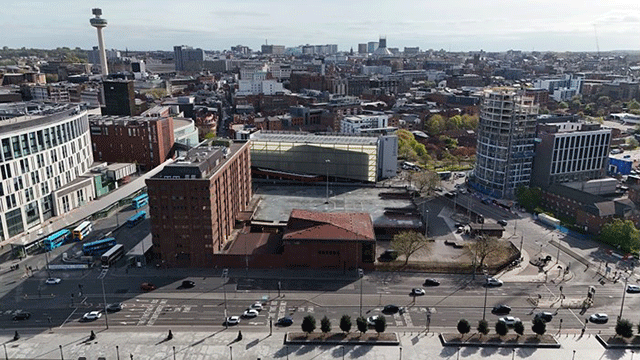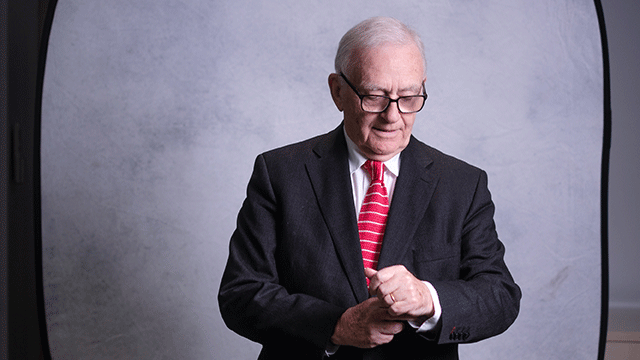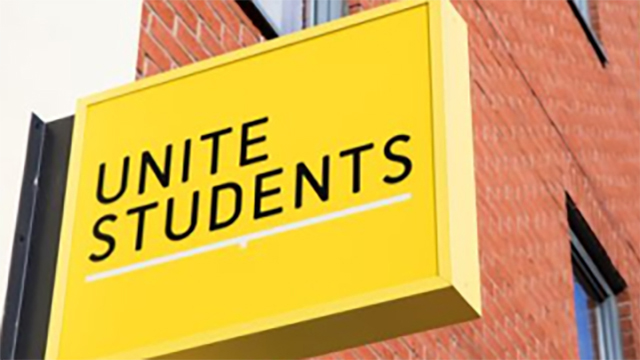In an 18-month period that has seen the PRS grow and grow – against the flow of a declining market – the £2.25bn sale of Quintain could have been the crowning jewel.
Instead, a widely publicised and massively scrutinised bidding process has failed to create enough serious interest to push the price to what Lone Star wants.
An outlay of £2.25bn was always going to be a lot of money in one go, even with this apparently ‘insatiable’ appetite for real estate in general and the PRS in particular.
But the fact that few of the established names – or the big institutions backing them – took a serious shot is telling. The large amount of development risk in one sustained place would have skewed the balance of almost any investor’s portfolio.
Questions from prospective buyers centred on construction risk, the commercial elements and high geographic concentration. All take on serious significance when writing a cheque so large.
Tenant churn
Perhaps the most important question ended up being about let-up rates.
If lettings average 20 a month on a regular scheme, what are they really in Wembley when thousands of units come online at once and there is churn from existing tenants? The answer is no one knows.
If 5,000 units are let at 20 a month that means 20 years. Doubling that is still 10. To let up faster, rents could be dropped, but this in turn hits valuation.
What will now be telling is Lone Star building out 2,500 units in the next two years and proving the income stream that can be created ahead of another eventual sale.
Delancey et al, owners of the Olympic Village since 2012, clearly knew something others did not. But it wasn’t enough to push them to what Lone Star wanted. Quite.
Perhaps it’s a blow for the sector, though it has always been an ambitious proposition to build so many rental homes at Wembley in such a short time.
Belief in sector
More impressive is perhaps how far that idea has come and how realistic it seems, even if the sale falling through will be a relative blow to Lone Star.
For the private equity giant, the sale always seemed early, even with its bearish position on the UK. It has owned it only since 2015 and only about 250 flats are operational.
The fact it is retaining the scheme when it could easily have compromised and sold at £2.1bn shows its belief in the sector. It will soon prove this further by buying up more sites, ironically going head to head with Delancey’s Get Living.
In another three years perhaps Lone Star will look back on the £2.1bn offered and sneer, with the PRS having matured much further. Or perhaps not.
Either way, Lone Star’s £1bn take-private purchase back in 2015 still looks shrewd and that deal at least is one many others are already looking back on as one they wish they had done.
See also: Lone Star decides fate of £2.25bn Quintain
To send feedback, e-mail alex.peace@egi.co.uk or tweet @EGAlexPeace or @estatesgazette










